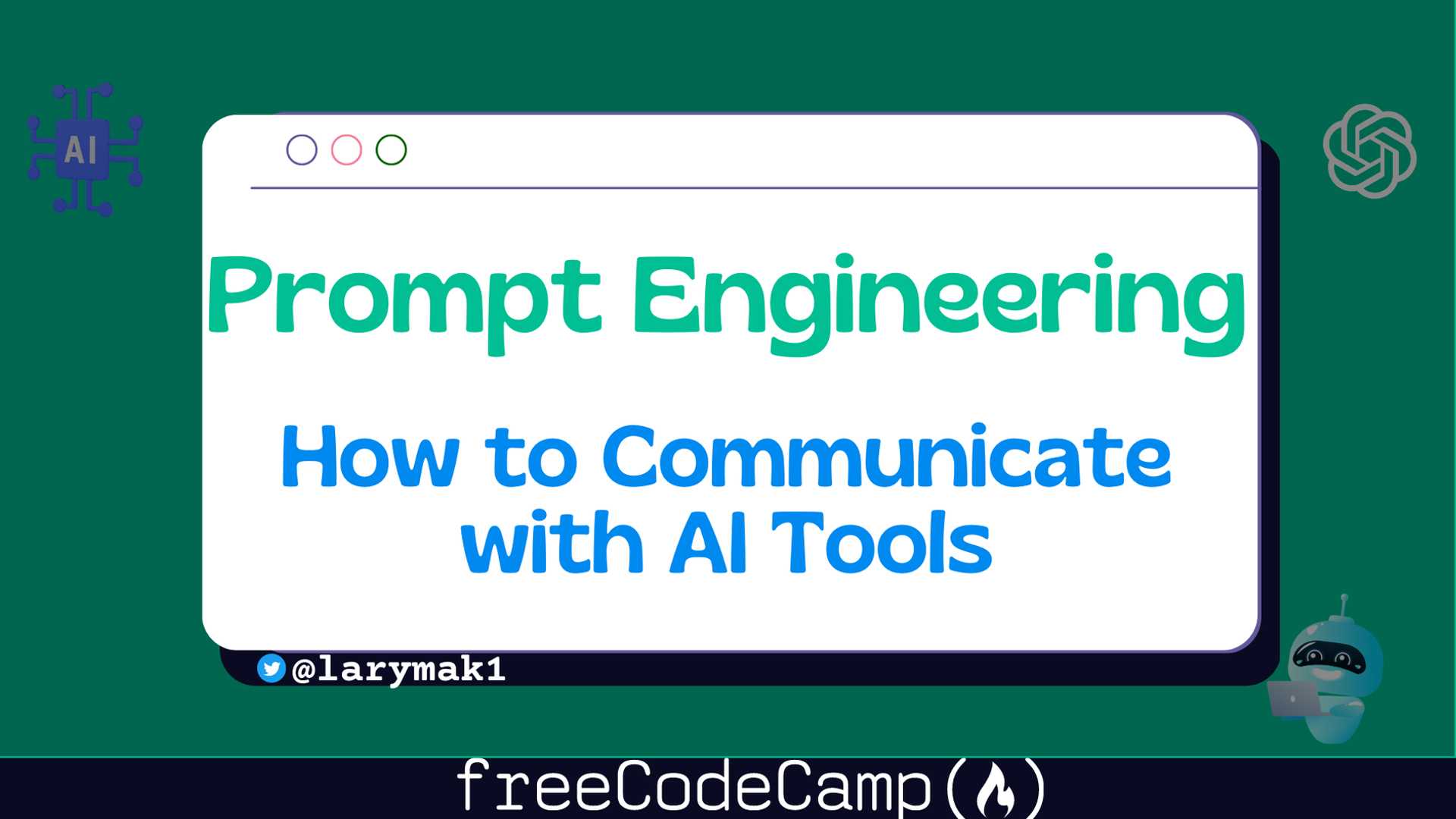How to Communicate with ChatGPT – A Guide to Prompt Engineering
Artificial Intelligence (AI) has become an integral part of our daily lives and businesses, with AI tools such as virtual assistants and chatbots getting smarter each day. As this evolution continues, the need to improve communication between humans and machines also grows. To fully understand how to communicate with AI, it is essential to understand prompt engineering, which is the process of creating inputs that determine the output to be generated by an AI language model.
Understanding AI Language Models
AI language models, such as GPT-4, rely on deep learning algorithms and natural language processing (NLP) to fully understand human language. Language models use training consisting of large datasets which include articles, books, journals, and reports, among others. These datasets enable the models to develop their language understanding capabilities. The model is fine-tuned using this data to respond to specific tasks assigned to it. Depending on the language model, there are two main learning methods – supervised or unsupervised learning.
- Supervised learning: The model uses a labeled dataset where the data is already tagged with the right answers.
- Unsupervised learning: The model uses unlabeled datasets, meaning the model has to analyze the data for possible and accurate responses. Models like GPT-4 use the unsupervised learning technique to give responses.
The model generates text based on the prompt given, which is referred to as language modeling and is the foundation of many AI language applications. However, it is important to note that the model's performance mainly depends on the quality and quantity of the training data.
Categories of Prompts
Prompts are commands written to help users communicate effectively with AI language models. To write good prompts, understanding the different prompt classifications is essential. The major prompt categories include:
- Goal-based prompts
- Role-based prompts
- Informational prompts
Role-based prompts require more details such as what you intend to learn, the intended learning period, and your goal for learning. The more details you provide, the more tailored results you will get. However, if you lack prior knowledge of what you need help with, you should not fully rely on the response you get from the model. Crosscheck with other sources if you doubt the model's responses as the model is not always correct.
How to Craft Good Prompts
To craft good prompts, keep the following in mind:
- Clarity – In any communication setting, clarity is very important. The same principles apply to prompt engineering. If you want to craft a good prompt, be clear about what you want.
- Provide context and examples – Provide additional information that can help the AI better understand what the prompt is meant to achieve. By doing this, you increase the chances of getting more accurate responses.
- Set limitations and constraints – Set boundaries within which the AI should operate. This increases the chances of getting the intended response and avoiding undesired/irrelevant information.
- Break down queries – Breaking down queries into smaller and more manageable blocks will make it easier for the AI to process the information.
- Iterate and rephrase – If you are not satisfied with the response you get, you can rephrase your prompt and provide more context for better results.
- Prioritize important info – Highlight the most important information in the prompt to help the AI understand better.
In conclusion, prompt engineering is an essential aspect of communicating with AI language models such as ChatGPT. Understanding how to craft good prompts and knowing the different prompt categories available helps in generating accurate responses and gaining new insights.




















